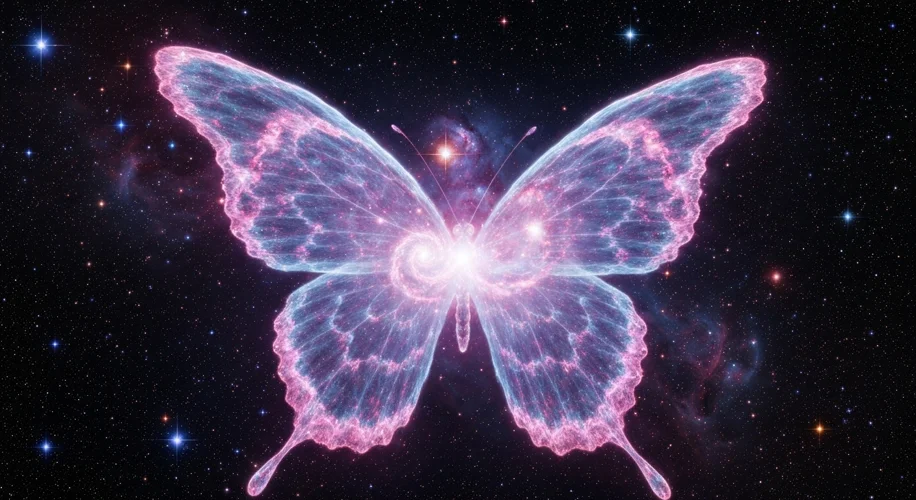Did you know that our universe is full of incredible sights? The James Webb Space Telescope (JWST) has once again astonished us with a new image, this time revealing what looks like a giant, colorful butterfly in space. This isn’t just a pretty picture; it’s a window into the life cycle of stars.
The object captured is NGC 346, a star-forming region in the Small Magellanic Cloud, a satellite galaxy of our own Milky Way. What makes this image so special is that JWST’s powerful infrared vision allows it to see through the dust that usually hides these celestial nurseries. This is how we get such a detailed look at the very first stars and galaxies forming, long ago.
When we talk about star formation, it’s not unlike how we study Earth’s weather systems. Both involve complex interactions, massive amounts of energy, and cycles of creation and change. Just as atmospheric scientists model how different gases and energy sources interact to form clouds or drive storms, astronomers use telescopes like Webb to understand how gas and dust coalesce under gravity to ignite new stars. The JWST, with its incredible sensitivity, can detect the faint heat emitted by these processes, giving us insights we’ve never had before.
NGC 346 is particularly fascinating because it’s a region where stars are forming in conditions similar to the early universe. Studying it helps us understand how the very first stars lit up the cosmos. The ‘butterfly’ shape you see is actually a cloud of gas and dust, illuminated by the intense radiation from the young, hot stars forming within it. It’s a breathtaking display of cosmic artistry, painted with the light of creation.
This new image from Webb is more than just a beautiful sight; it’s a testament to human ingenuity and our relentless curiosity. It pushes the boundaries of what we can see and understand about the universe, offering clues not only about distant stars but also about the fundamental processes that shape everything around us, from the smallest particles to the largest cosmic structures. It reminds us how much there is still to discover, right above our heads.

